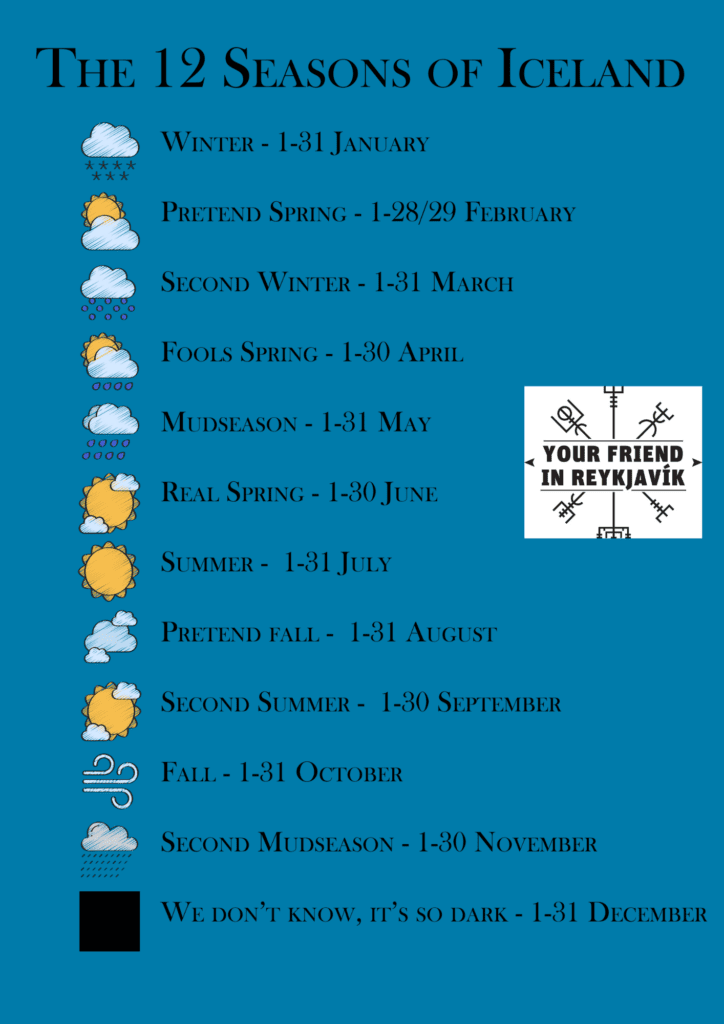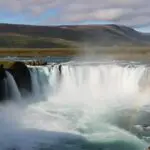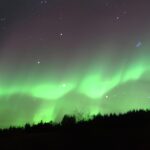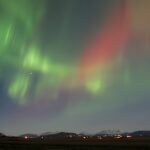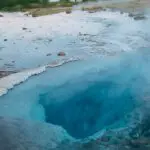The old Icelandic Calendar’s sixth and final winter month begins on a Tuesday between 20 and 26 March.
Nordic and Northern European people used the Norse calendar until Christianity took over. However, Icelanders kept using their calendar version, especially the names of the months, until the 18th century. Icelanders still use a few month names, especially þorri, góa, and harpa. The first days of those months are the husband’s day, the woman’s day, and the first day of summer, respectively.
You can read all about the calendar here. Then we have posts about individual months:
Of the twelve old Icelandic months, einmánuður is one of only four months referenced in more than one source. The oldest one is from the 12th century. The other three months are gormánuður, þorri and góa.
The name “einmánuður” means “lone” or “single” month, and it is believed the month got its name because it is the last winter month.
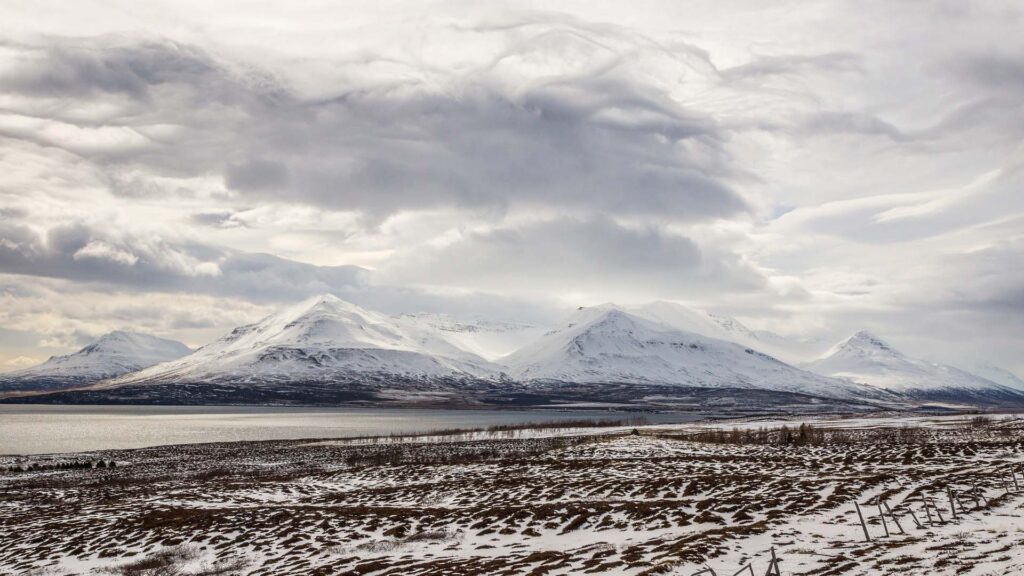
The first summer month, Harpa begins on the last Thursday of April. The nation’s spirit rises during that time, despite it just being spring. But there is a certain relief knowing that winter is over – even if it can snow all the way into June!
Folk Beliefs Connected to Einmánuður
The weather on Lady Day (25 March) will tell how the weather will be for the next 30 days, or 14 (depending on which sources you read). If the skies are clear and the night is starry before sunrise on that day, we can expect good weather.
However, if einmánuður is wet, we’ll have a good spring.
Easter sometimes lands in einmánuður, and, of course, there are weather-related folk beliefs connected to Easter. If Palm Sunday is stormy, that will bring 24 days of changeable weather. However, if the skies are clear, you will not make much money for the rest of the year. If Good Friday is dark and snowy, the grass will be good over the summer.
Spring Chores in Einmánuður
Like other months, einmánuður had its own set of chores. Spring starts around this time, so there was much to do.
If the weather was good, einmánuður was a good month to dam water to distribute it over fields. Then the water was supposed to lie on the field during the spring thaw. This was because the turbidity that settled under the water was better than any fertilizer.
The Final Winter Month
As it is the final winter month, it is worth mentioning how the animals in Iceland have adjusted to the weather.
First and foremost is the Icelandic horse, which grows a thick winter coat. The horse initially came with the first settlers from Norway. It has been said that their greatest virtue is their ability to survive the Icelandic winter. Many horses are kept outside all year round, but they usually have a shelter to go if the weather gets terrible.
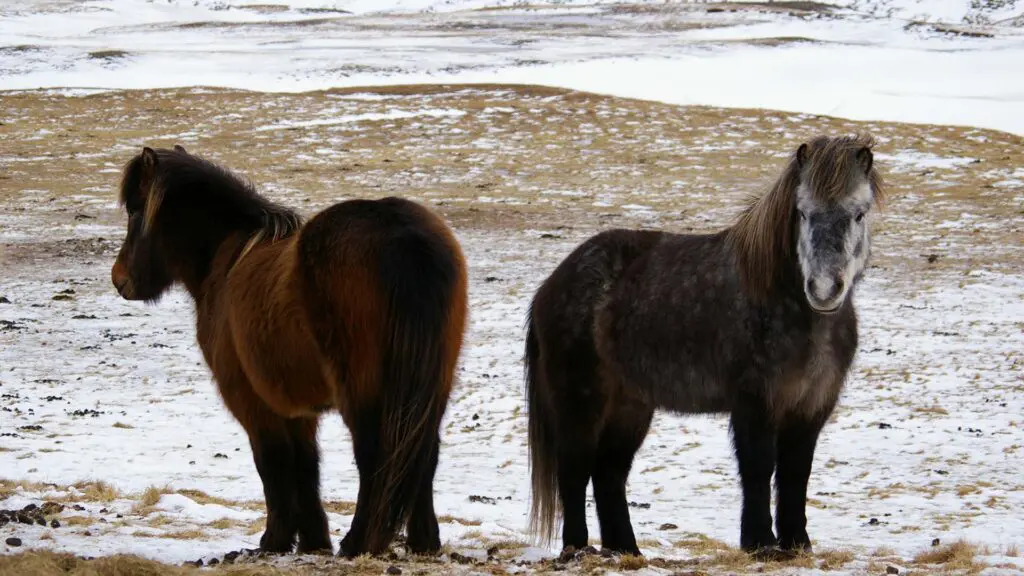
The Icelandic sheep came with the first settlers like the horses. Their coat is also different from many other sheep in the world. It has two hair types in the wool. One is tog (rough wool), and the other is þel (thel – fine wool). The fine wool is more like merino wool but is curlier and holds more air, which gives it better-isolating qualities. So, when combined with the tog, their coat is incredibly warm and water-repellent, up to a point. No wonder wool has been one of Iceland’s most important materials!
Other animals that have adjusted to the Arctic winter are the ptarmigan and the Arctic Fox. The ptarmigan turns white during the winter. The camouflage of this flightless bird is essential for its survival.
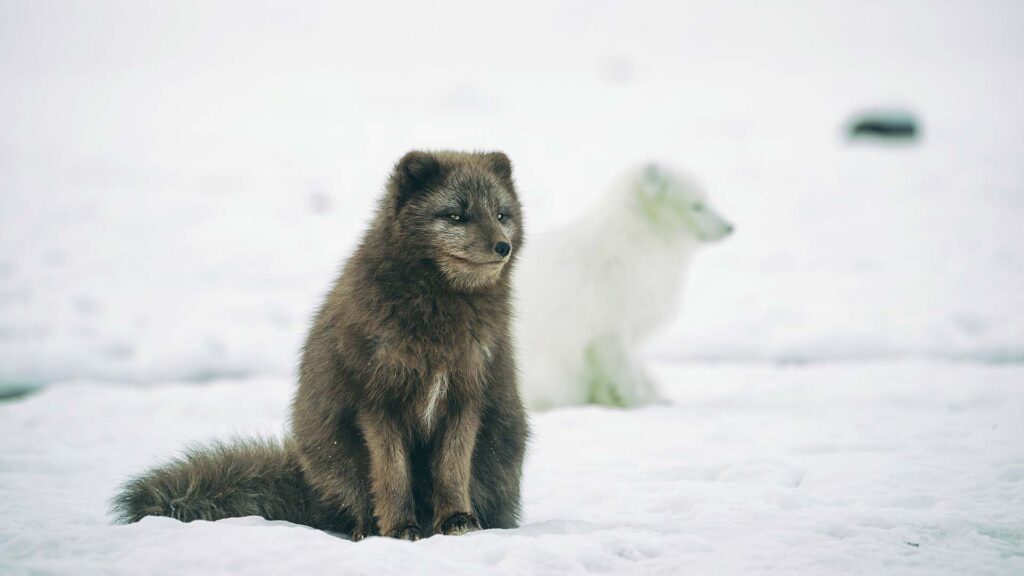
About 30% of the Icelandic Arctic Foxes turn white during winter. 70% of them keep their brown coat all year round. In fact, due to its isolation since its arrival 10.000 years ago, it has now been characterized as its own subspecies. In the Arctic regions of Canada, 90% of the Arctic Foxes are of the white variety.
Young Boys Day
Like the first days of góa and þorri, which are women’s day and husband’s day, respectively, the first day of einmánuður is dedicated to young boys. The girls of the household were supposed to wake up first, welcome the new month and give the boys gifts. Unlike woman’s day and husband’s day, this young boys’ day has been all but forgotten.
Non-Binary Day
Recently it has been suggested to have the first day of einmánuður kváradagur or non-binary day. As stated above, the young boy’s day has been all but forgotten, but the non-binary day would bring that old tradition back in a modern way.
Donation Day
Boxing Day, as the second day of Christmas is called in English, comes from the old tradition of the rich giving people in need money or gifts on this day. The first day of einmánuður was similar in parts of Iceland.
It was customary for county officials to meet three times a year to discuss taxes for the poor and the farmers’ obligation to perform a certain number of daily tasks when herding sheep. One was in the fall, another during Lent and the third after the spring session of parliament. However, in North Iceland, the Lent meeting was held on the first day of einmánuður. It was called “Donation Day” because people donated money to the poor, and it was a legal holiday.
In the middle of the 18th century, Bishop Ludvig Harbie and headmaster Jón Þorkelsson Thorcillius decided to do a tour of Iceland with the permission of the Danish government. After the tour, they suggested a few changes to Icelandic holidays. Promise Day was one of the days which were abolished, and people asked to donate money the following Sunday after when they went to church instead. The people of North Iceland were unhappy about this and wrote the King a long letter explaining why they wanted to keep the day, but he denied their wish.
Occasionally it was tried to reawaken the custom of giving the poor money on the first day of einmánuður around the turn of the 20th century. People sometimes sent the poor food on this day during hardships, but it didn’t stick.
The Truth About the Weather
More on the weather. The folk beliefs connected to einmánuður shows that people expected all kinds of weather. We have a saying here in Iceland that if you don’t like the weather, just wait five minutes, and it will change. The weather forecast is famously unpredictable, even if it has become more accurate with better technology.
However, you cannot really believe the forecast more than one, maybe two days into the future. By that time, it’ll have changed, so check regularly! In our opinion, it is thus possible to extrapolate that we don’t have just two (summer/winter) or four (spring/summer/fall/winter) seasons – but 12!
Thus we decided to create a card with the 12 seasons of Iceland. This is more or less accurate. Even if the old calendar says we’re heading into the final winter month, and meteorologists say spring is just around the corner, it is clear that it’s the time of second winter and fools spring!
